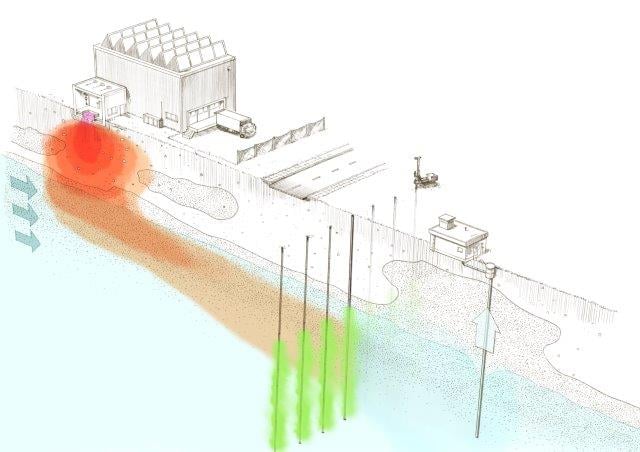Solution provider

The Capital Region of Denmark is working to ensure sustainable growth and development – and thus a good, healthy life for the region’s residents. Together with the municipalities, the business community and various organisations the capital region is aiming to become more energy efficient, climate prepared and attractive – green, safe and healthy.










